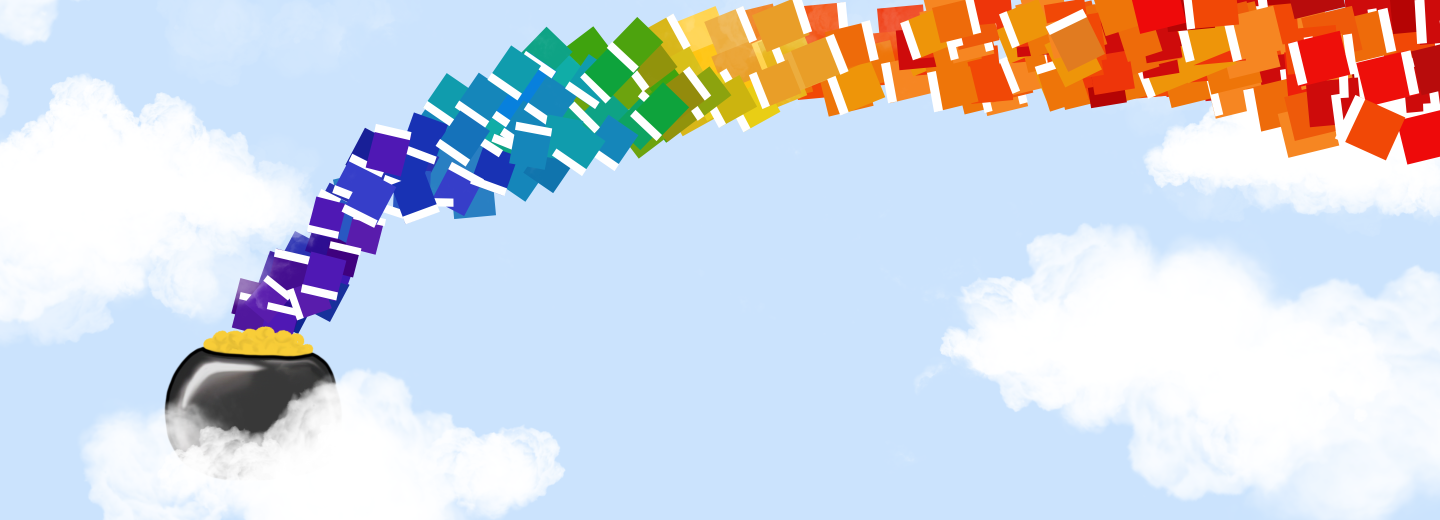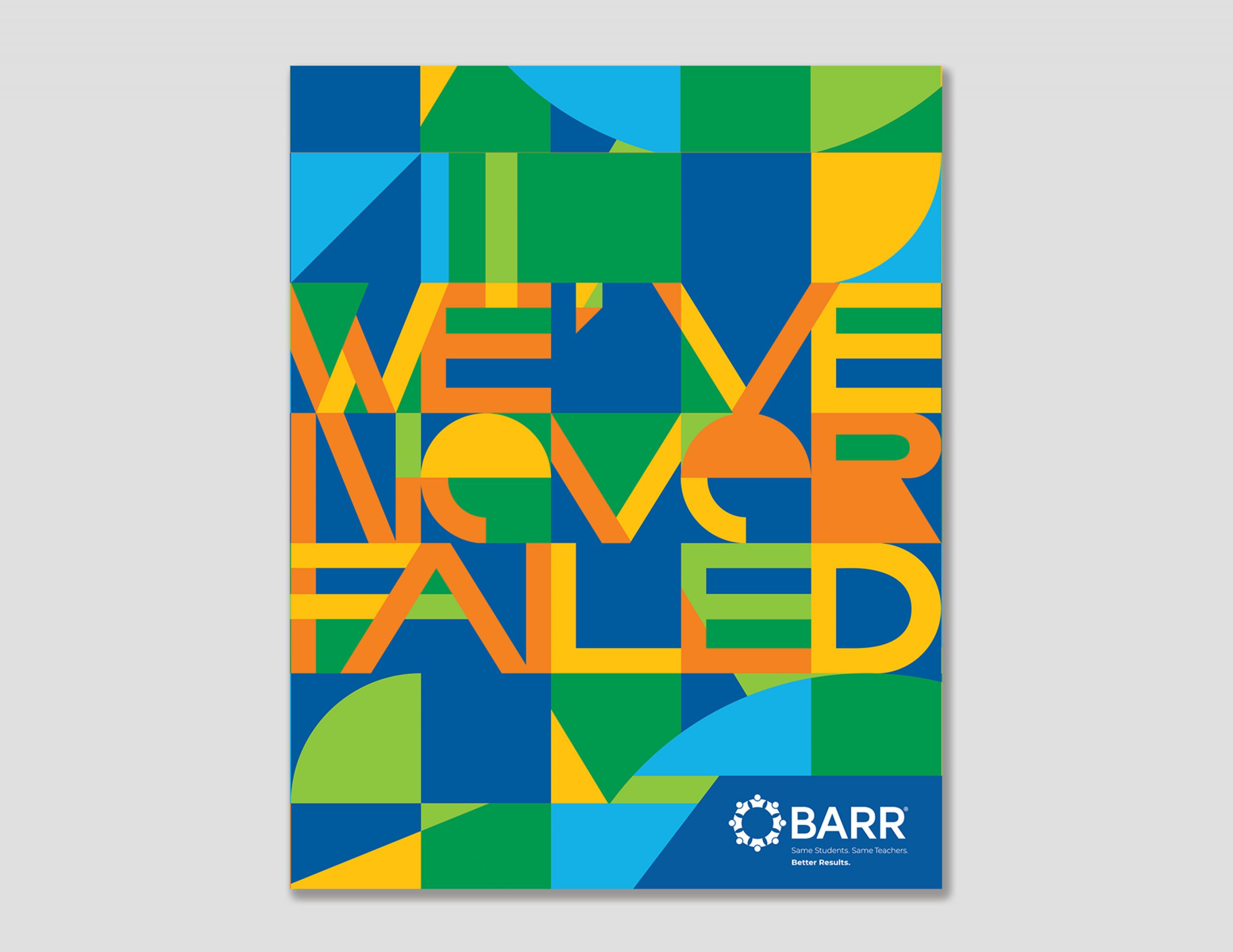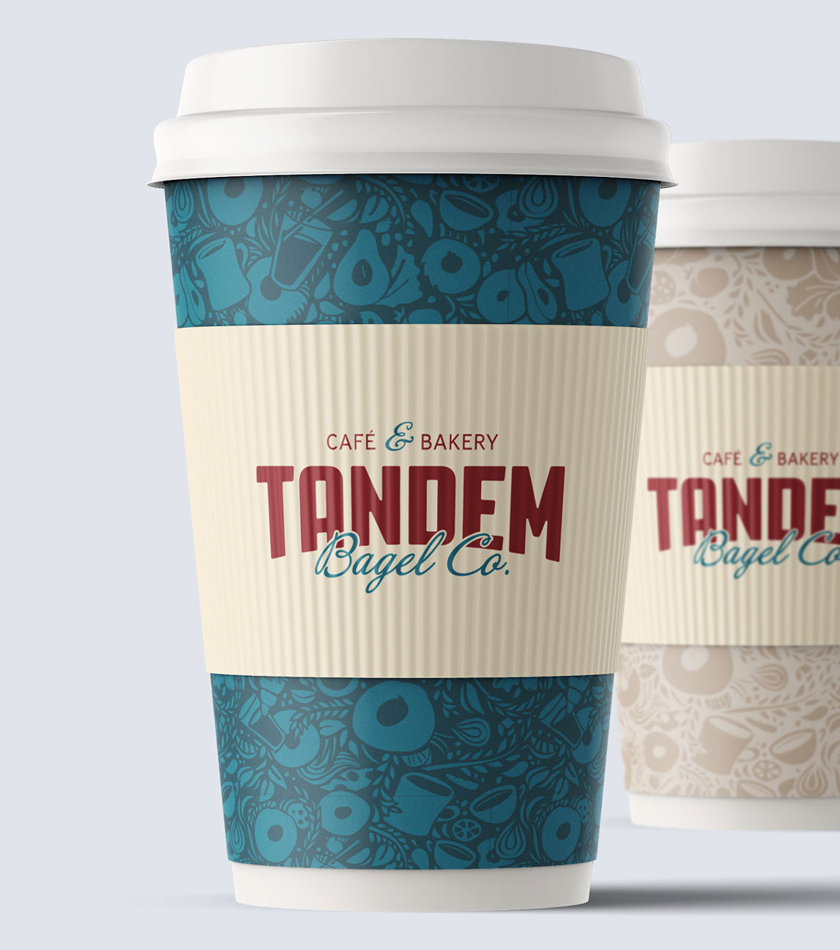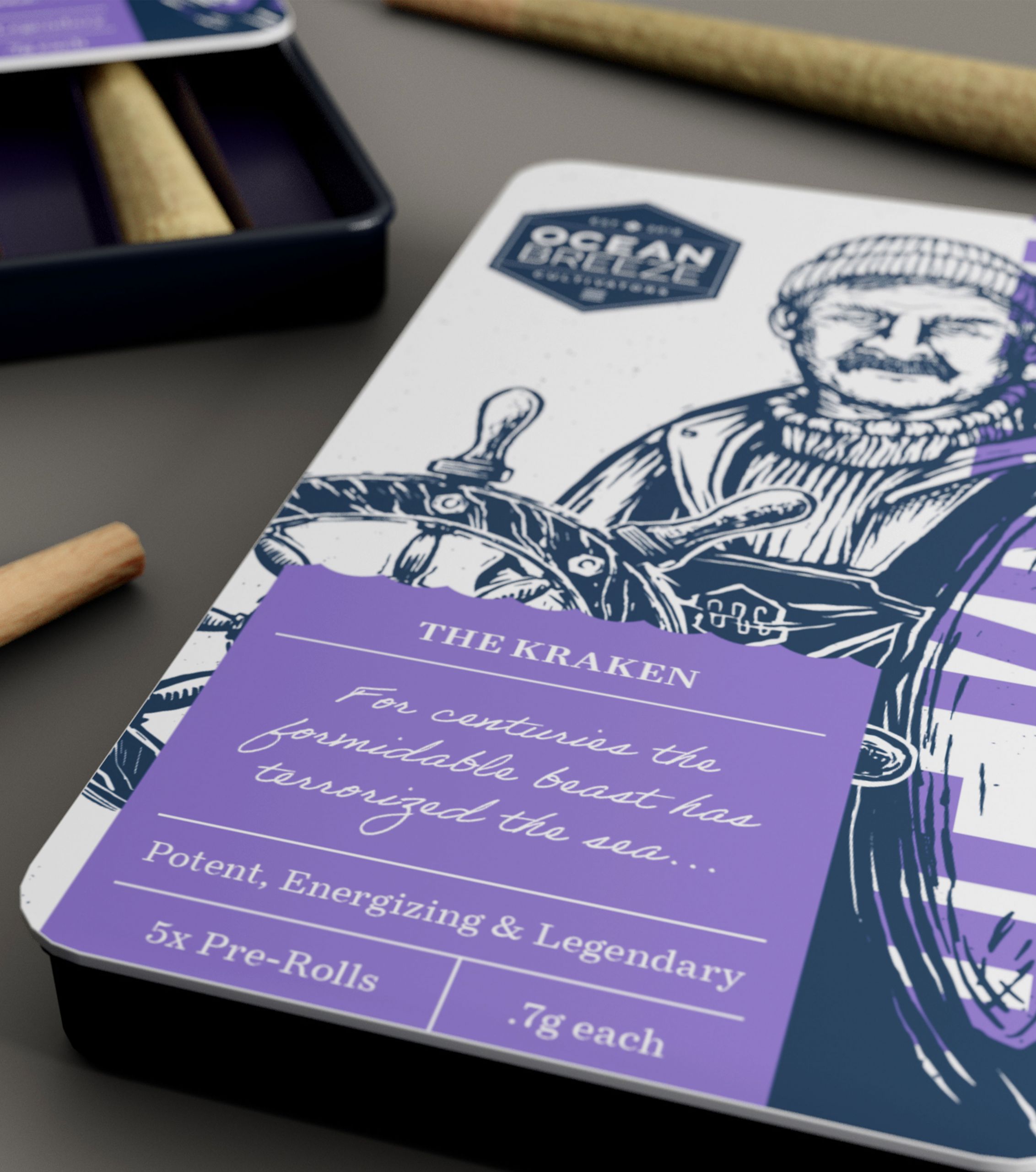Pantone: Color me angry

Pantone and Adobe have partnered up, and now for the low cost of $15/month in your already outrageously-expensive Adobe programs, you can access…. color!
Wait, what?
Let’s back up to better understand what Pantone chips are and how you have historically known them. Here is a blurb from Wikipedia: “The Pantone Color Matching System is largely a standardized color reproduction system. As of 2019 it has 2161 colors. By standardizing the colors, different manufacturers in different locations can all refer to the Pantone system to make sure colors match without direct contact with one another.”
In other words, if we are choosing a specific color red and have agreed upon Pantone swatch, let’s call it Pantone Red123, you have the same one, and the printer has one—we can all agree that we will aim to recreate that exact color red.
If you want to go to the next step and produce packaging that uses Pantone Red123—a color house will custom mix that ink color using their inks, pigments, and bases. You could go to that same color house and bring them your favorite red shirt and they could match that as well.
This is no different when you want wall paint. You select the “sample paper” by holding it up in your room and then your paint store mixes a can of paint to make that color. You can take a Sherwin Williams chip to a Benjamin Moore store and vice versa—they will match the color.
As digital printing has become more extraordinary, we can now access 4 and 6 color presses regularly, so the reproduction of vibrant inks using CMYK formulas has gotten better, and as more marketing materials live digitally—the use of “custom inks” has been on the decline.
Time to make money!
Pantone chips have this mystique around them, with people thinking they are, in fact, inks or a type of paint, when in fact they are just a matching system. The thought of paying money monthly on top of the money you need to buy the outrageously priced color chip books is egregious, and some would argue unethical.
Time to find a new way to match colors—for now we will buy 3 red t-shirts and send one to the printer, the client, and keep one for ourselves.


